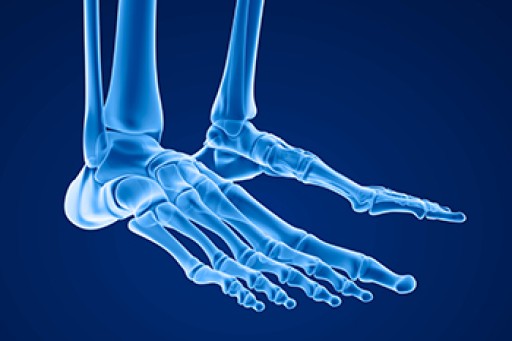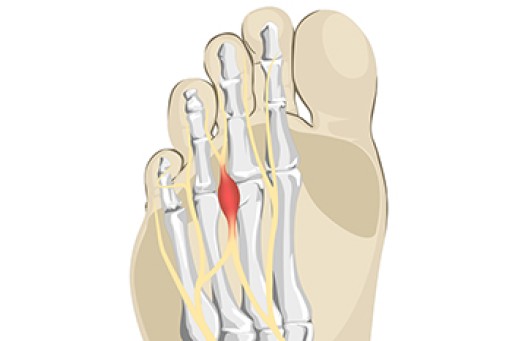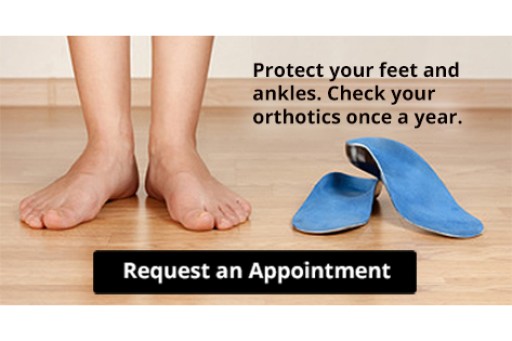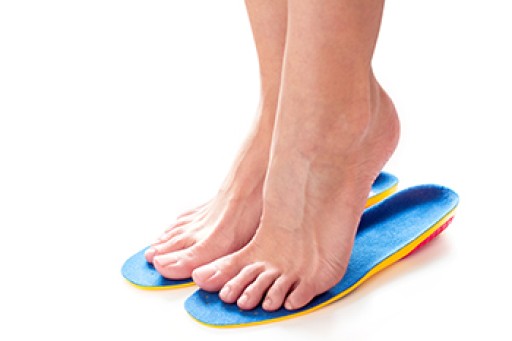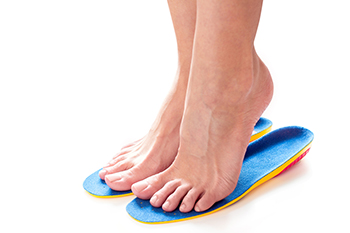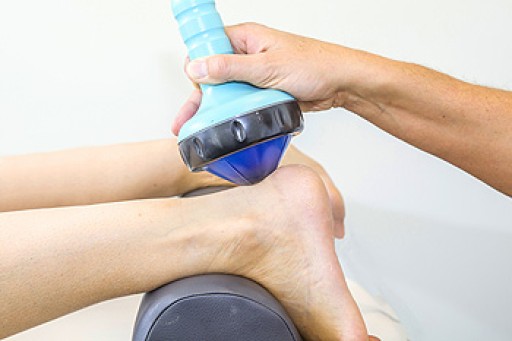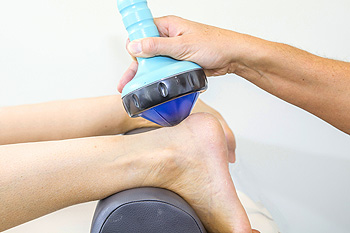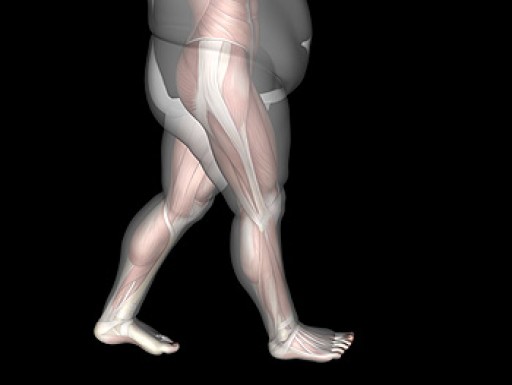
The human foot is a remarkable structure, consisting of a complex interplay of bones and muscles that enable us to walk, run, and maintain our balance. Understanding the intricate anatomy of our feet is essential to appreciate their vital role in our daily lives. At the core of the foot's structure are 26 bones, accounting for approximately one-quarter of the bones in the body. These bones are categorized into three groups that are known as the tarsal bones in the rearfoot, the metatarsal bones in the midfoot, and the phalanges in the toes. They work in harmony, forming arches and joints that provide flexibility and support. Complementing this skeletal framework are over 100 muscles, tendons, and ligaments. These intricate networks of tissues are responsible for the precise movements of our feet, enabling us to shift our weight, maintain balance, and perform various tasks with finesse. From the powerful calf muscles that control plantarflexion to the intrinsic muscles of the feet that fine-tune our movements, this symphony of bones and muscles ensures that our feet are not just sturdy and resilient but also incredibly versatile. It is enlightening to pause for a moment as a step is taken, which may help to appreciate the intricate biomechanics at play within your feet, allowing you to navigate the world with grace and ease. It is suggested that you consult a podiatrist who can provide you with interesting facts about foot structure.
If you have any concerns about your feet, contact Frank Henry, DPM from Marble Falls, TX. Our doctor can provide the care you need to keep you pain-free and on your feet.
Biomechanics in Podiatry
Podiatric biomechanics is a particular sector of specialty podiatry with licensed practitioners who are trained to diagnose and treat conditions affecting the foot, ankle and lower leg. Biomechanics deals with the forces that act against the body, causing an interference with the biological structures. It focuses on the movement of the ankle, the foot and the forces that interact with them.
A History of Biomechanics
- Biomechanics dates back to the BC era in Egypt where evidence of professional foot care has been recorded.
- In 1974, biomechanics gained a higher profile from the studies of Merton Root, who claimed that by changing or controlling the forces between the ankle and the foot, corrections or conditions could be implemented to gain strength and coordination in the area.
Modern technological improvements are based on past theories and therapeutic processes that provide a better understanding of podiatric concepts for biomechanics. Computers can provide accurate information about the forces and patterns of the feet and lower legs.
Understanding biomechanics of the feet can help improve and eliminate pain, stopping further stress to the foot.
If you have any questions please feel free to contact our office located in Marble Falls, TX . We offer the newest diagnostic and treatment technologies for all your foot and ankle needs.
